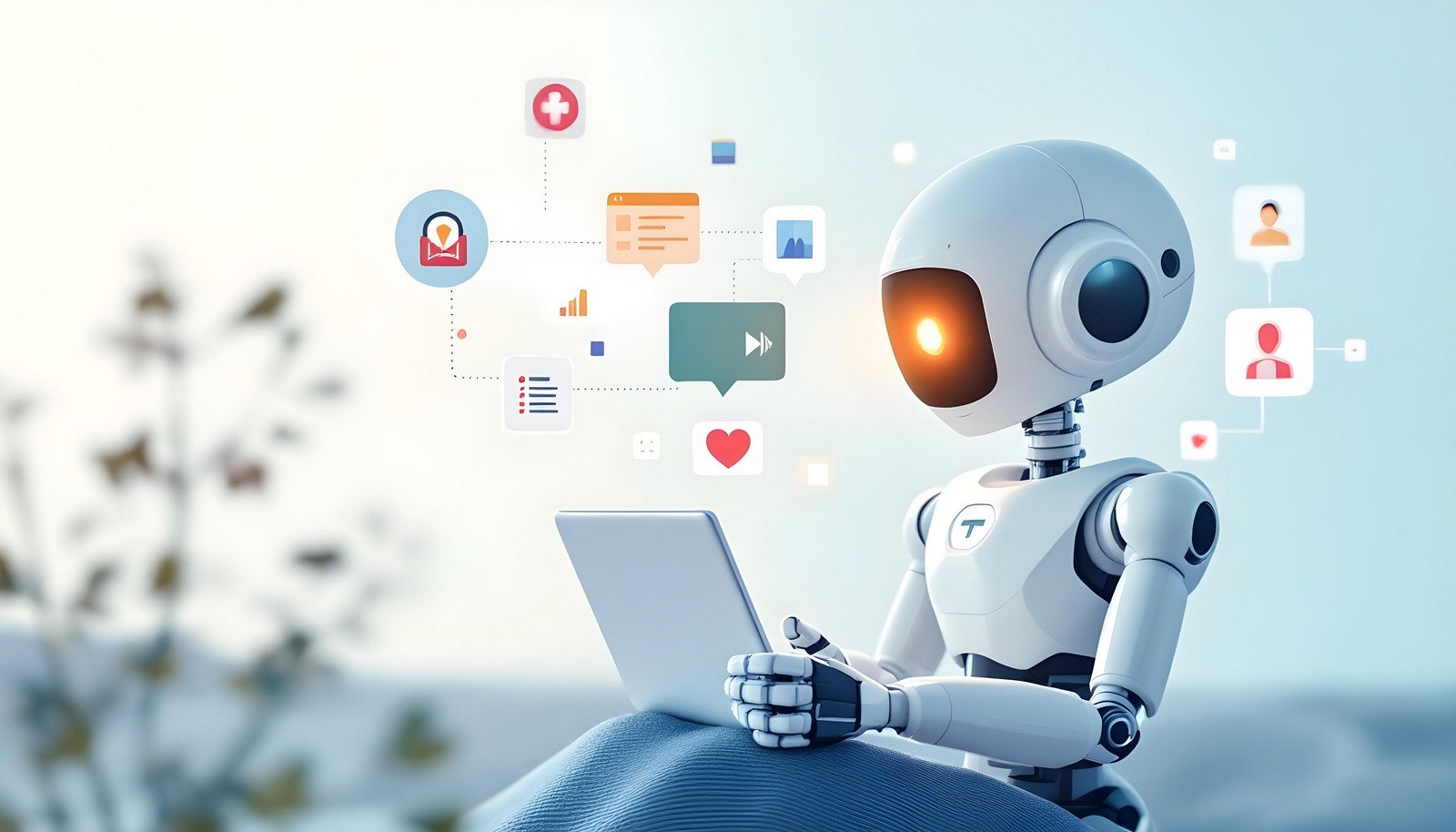Self-supervised Learning

Quick Navigation:
- Self-supervised Learning Definition
- Self-supervised Learning Explained Easy
- Self-supervised Learning Origin
- Self-supervised Learning Etymology
- Self-supervised Learning Usage Trends
- Self-supervised Learning Usage
- Self-supervised Learning Examples in Context
- Self-supervised Learning FAQ
- Self-supervised Learning Related Words
Self-supervised Learning Definition
Self-supervised learning (SSL) is a subset of machine learning where models learn patterns in data without explicitly labeled inputs. Instead, it uses part of the data to predict other parts, creating its own labels and minimizing reliance on human annotation. This approach enables systems to learn through context, making it especially useful for tasks like language processing, where a model can predict missing words or phrases based on the surrounding text. SSL builds representations that improve performance in downstream tasks, often achieving similar or better results than supervised learning methods.
Self-supervised Learning Explained Easy
Imagine reading a book with some words covered up, and you have to guess what those missing words are. By doing this repeatedly, you learn to understand sentences and their meanings even with some gaps. Self-supervised learning works in a similar way for computers. It helps them learn about data—like words, images, or sounds—by filling in missing pieces. This way, they can figure out patterns all on their own, without needing every example to be labeled by a person.
Self-supervised Learning Origin
Self-supervised learning emerged as a practical solution for creating more adaptable machine learning models without the high cost of manual data labeling. It evolved from efforts in unsupervised learning, where algorithms sought to learn data structure without labeled information. SSL gained traction as computational power increased and more sophisticated models, like neural networks, could exploit unlabeled data effectively. SSL now plays a key role in NLP, computer vision, and more, with applications like BERT and GPT showcasing its capabilities.
Self-supervised Learning Etymology
The term “self-supervised” combines "self," denoting independence, with "supervised learning," a core concept in machine learning where systems learn from labeled examples. Here, "self" implies the system autonomously generates labels from within the data itself, removing dependence on external labeling.
Self-supervised Learning Usage Trends
Self-supervised learning has become increasingly popular in recent years, especially in fields like natural language processing and computer vision. As large datasets become more accessible, SSL methods help address the bottleneck of labeling data. It's seen as a bridge between unsupervised and supervised learning, offering high performance without excessive manual intervention. Tech giants and research labs are heavily investing in SSL due to its efficiency and scalability, predicting that it will play a central role in the future of AI model development.
Self-supervised Learning Usage
- Formal/Technical Tagging: Machine Learning, Deep Learning, Data Labeling, Unsupervised Learning, Representation Learning
- Typical Collocations: "self-supervised model," "predictive task," "feature representation," "unlabeled data," "representation learning," "downstream task," "pretraining"
Self-supervised Learning Examples in Context
In natural language processing, self-supervised learning enables models to understand grammar and predict the next word in a sentence.
Using self-supervised learning, image recognition models can recognize objects without having every image labeled.
Speech recognition systems use self-supervised learning to understand context by predicting missing words in spoken audio.
Self-supervised Learning FAQ
- What is self-supervised learning?
Self-supervised learning is a machine learning approach where a model learns patterns by creating labels from within the data itself, rather than relying on human-labeled data. - How does self-supervised learning differ from supervised learning?
In supervised learning, models require labeled data, while self-supervised learning generates labels from the data itself, allowing it to work with large, unlabeled datasets. - What are some applications of self-supervised learning?
Self-supervised learning is used in natural language processing, image recognition, audio processing, and other tasks requiring contextual understanding. - Why is self-supervised learning important?
It reduces the need for labeled data, making it a cost-effective and scalable solution for training machine learning models. - Is self-supervised learning similar to unsupervised learning?
Yes, but unlike unsupervised learning, self-supervised learning creates its own labels to structure the learning process. - What are some examples of self-supervised learning models?
Examples include BERT and GPT models in NLP, as well as SimCLR and MoCo in computer vision. - Can self-supervised learning replace supervised learning?
It can reduce reliance on supervised learning, but both methods have unique advantages and are often used together. - What is the main benefit of self-supervised learning in AI?
The main benefit is that it leverages large datasets without requiring extensive human labeling, saving time and resources. - How is self-supervised learning used in NLP?
In NLP, self-supervised learning is used to predict missing words or phrases, allowing models to learn language structure from context. - How does self-supervised learning improve machine learning models?
It helps models learn richer, more generalized representations, which can improve their performance on related tasks.
Self-supervised Learning Related Words
- Categories/Topics: Machine Learning, Data Science, Artificial Intelligence, Natural Language Processing
- Word Families: supervised learning, unsupervised learning, representation learning, reinforcement learning
Did you know?
The success of models like BERT and GPT can be attributed to self-supervised learning. This technique allows these models to understand and generate human language without needing millions of labeled sentences, marking a significant breakthrough in natural language processing.
PicDictionary.com is an online dictionary in pictures. If you have questions or suggestions, please reach out to us on WhatsApp or Twitter.Authors | Arjun Vishnu | @ArjunAndVishnu

I am Vishnu. I like AI, Linux, Single Board Computers, and Cloud Computing. I create the web & video content, and I also write for popular websites.
My younger brother, Arjun handles image & video editing. Together, we run a YouTube Channel that's focused on reviewing gadgets and explaining technology.



Comments powered by CComment